Welcome to the complex world of dog aggression, a subject that can be as perplexing as it is distressing. It’s not easy when your beloved dog displays aggressive behavior. But don’t worry; you’re not alone on this journey. Understanding dog aggression is like piecing together a challenging puzzle – each piece is critical to seeing the whole image.
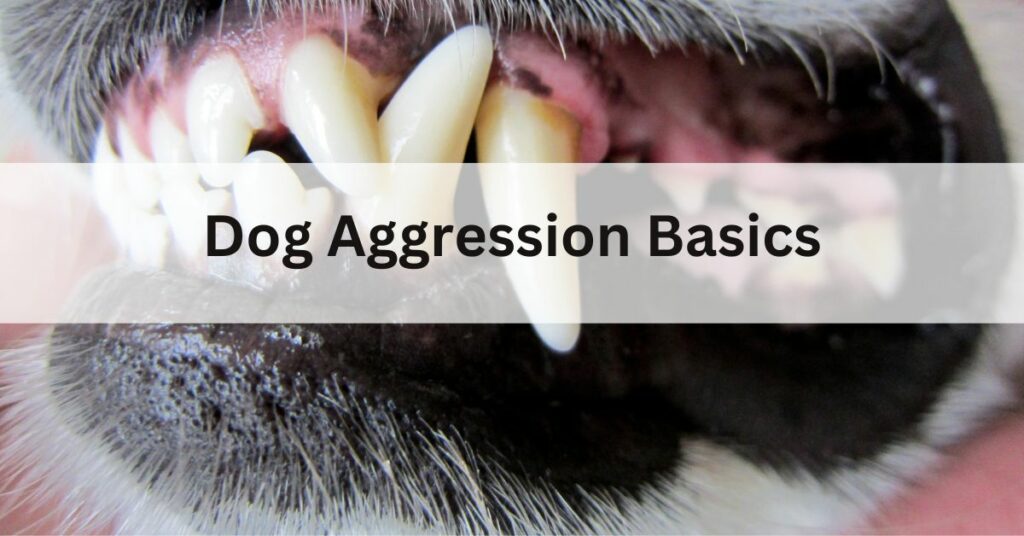
Table of Contents
Importance of Addressing Dog Aggression
Fast action is crucial
I can’t stress enough the importance of prompt intervention with dog aggression. The longer aggressive behaviors are left unaddressed, the more ingrained they become, making them more challenging to manage.
Waiting is not an option if your dog shows signs of aggression towards humans. Immediate professional help is essential for everyone’s safety and to start on the path to behavior management.
Altering your actions plays a pivotal role here—transforming how you interact and establish your relationship with your dog. Changing how you interact with your dog will help manage (not cure) your dog’s aggression.
Even if your dog is awesome 98% of the time – promptly addressing the 2% of dangerous behavior can mean the difference between peaceful coexistence and potential disaster.
Aggression doesn’t have to be a defining trait; with swift action, we can often manage what cannot be cured and nurture more harmonious human-canine bonds.
Neutering male dogs
Neutering male dogs is a step often recommended to tackle aggression. The procedure, which removes the testicles, can significantly curb aggressive tendencies in male dogs. Statistics underscore this point: most serious dog attacks involve unneutered males.
By taking this preventive action early on, you’re preventing future episodes of territorial and mating-related conflicts. It also reduces the chances of your dog getting into fights with other dogs – un-neutered dogs can often be attacked because of their scent!
Experience tells us neutering goes beyond mitigating aggression; it reduces the urge for dogs to roam and improves their social interactions with other dogs. It’s an approach that addresses canine aggression and lowers health risks for un-nutered dogs. It also prevents unwanted puppies – animal shelters are full of unwanted dogs!
After understanding these benefits, seeking professional help becomes the next logical step if aggressive behavior persists or targets humans.
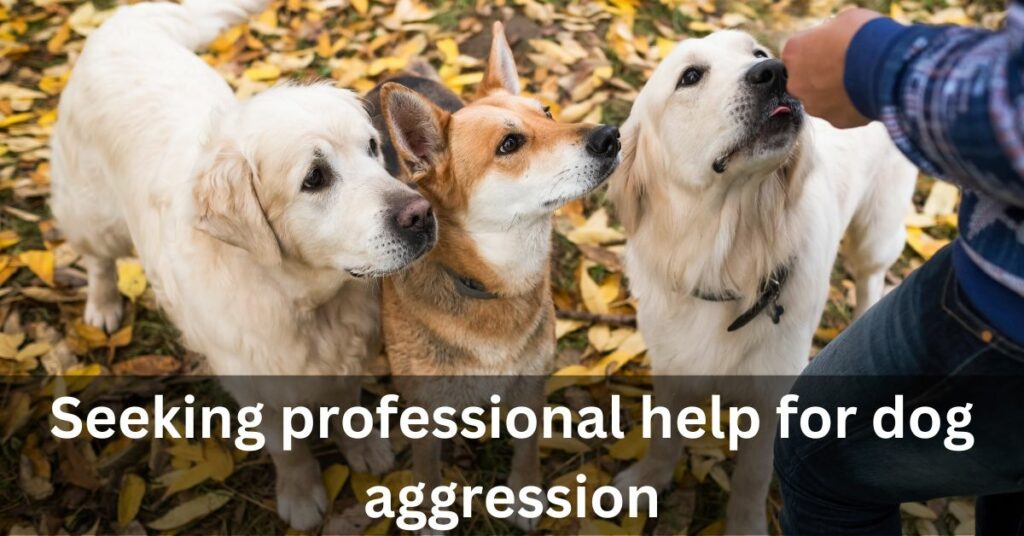
Seeking professional help for dog aggression toward humans
It is unsettling to deal with a dog that shows aggression towards humans. It’s essential to recognize that while you love your dog, behavioral issues like this should never go unchecked. And you should never excuse aggressive behavior.
Seeking the expertise of a reputable, professional dog trainer or an animal behaviorist is the most reliable way to address and manage these concerns. These professionals have the tools and experience necessary for canine behavior modification.
Professional help comes in various forms, including personalized training sessions or comprehensive obedience programs explicitly tailored for aggressive dog behavior. Remember, every moment counts; early intervention can prevent habits from becoming ingrained and more challenging to change over time.
With their support, you will take crucial steps toward restoring peace and fostering better relationships between your dog and the human world around them.
Managing Dog Aggression
Managing this type of aggression effectively requires you to look inward at your behavior as an owner. They’ll work closely with you and your dog, aiming for results that ensure safety for everyone involved.
To manage dog aggression, you must be willing to change your behavior and approach towards the aggressive dog. It’s important to understand that while aggression can be managed, it cannot be fully cured.
Changing your behavior
To manage dog aggression effectively, you need to address your behavior.
- Engage in positive reinforcement training methods to encourage desired behaviors in your dog.
- Prioritize managed socialization to help your dog feel secure and comfortable in various situations.
- Use food puzzles and interactive toys to stimulate your dog mentally, reducing potential stress triggers.
- Implement structured daily exercise routines to release excess energy and prevent boredom-related aggression.
Emphasizing that aggression can be managed, not cured
To manage a dog’s aggression, it is essential to understand that completely eradicating aggressive tendencies is not feasible. However, owners can effectively manage their dog’s aggressive behaviors through behavior modification and consistent training.
One crucial aspect is the owner’s role in shaping the dog’s socialization and providing positive experiences to create a balanced and well-adjusted dog. Aggressive tendencies can be significantly reduced by addressing triggers and reinforcing positive behaviors with reward-based training techniques.
You should also seek professional help from certified canine behaviorists or trainers specializing in positive reinforcement aggression management techniques. Using aversive training methods to manage dog aggression can be counter-productive and dangerous.
Last Word on Working With Aggression in Dogs
Managing dog aggression is crucial for dogs’ and humans’ safety and well-being. The main strategies are:
- Change how you interact with your dog.
- Contact a reputable, qualified dog trainer/behaviorist specializing in aggressive dog behavior.
You can effectively manage canine aggression by changing your behavior and seeking professional help for your dog. Remember that taking proactive steps to address dog aggression can lead to a harmonious relationship between you and your dog.

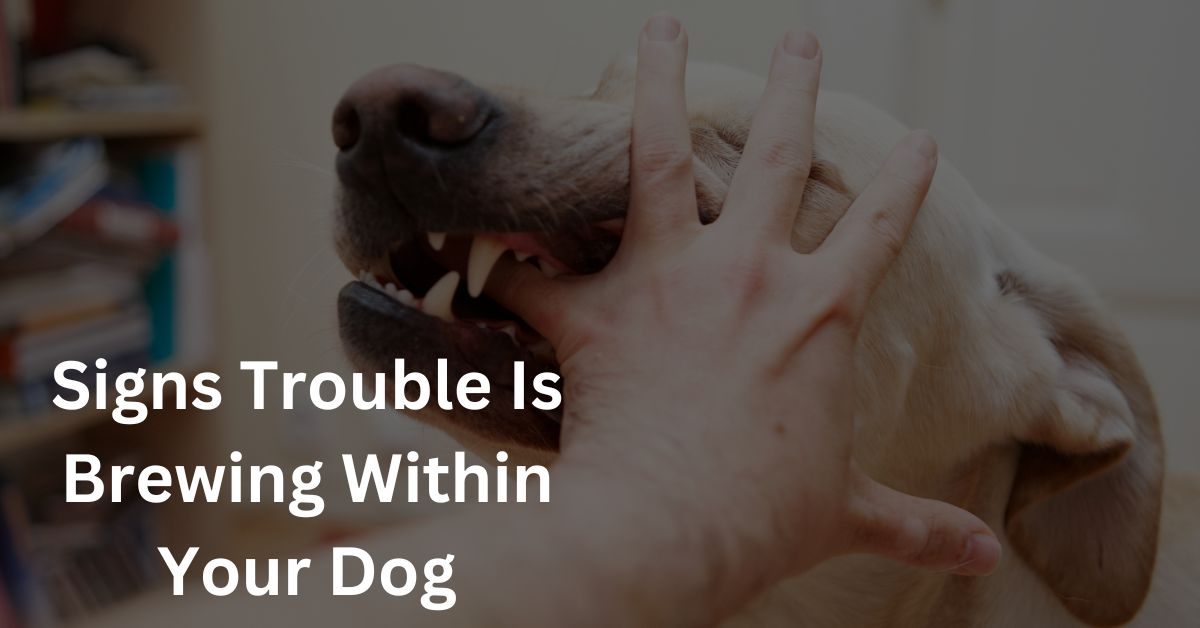
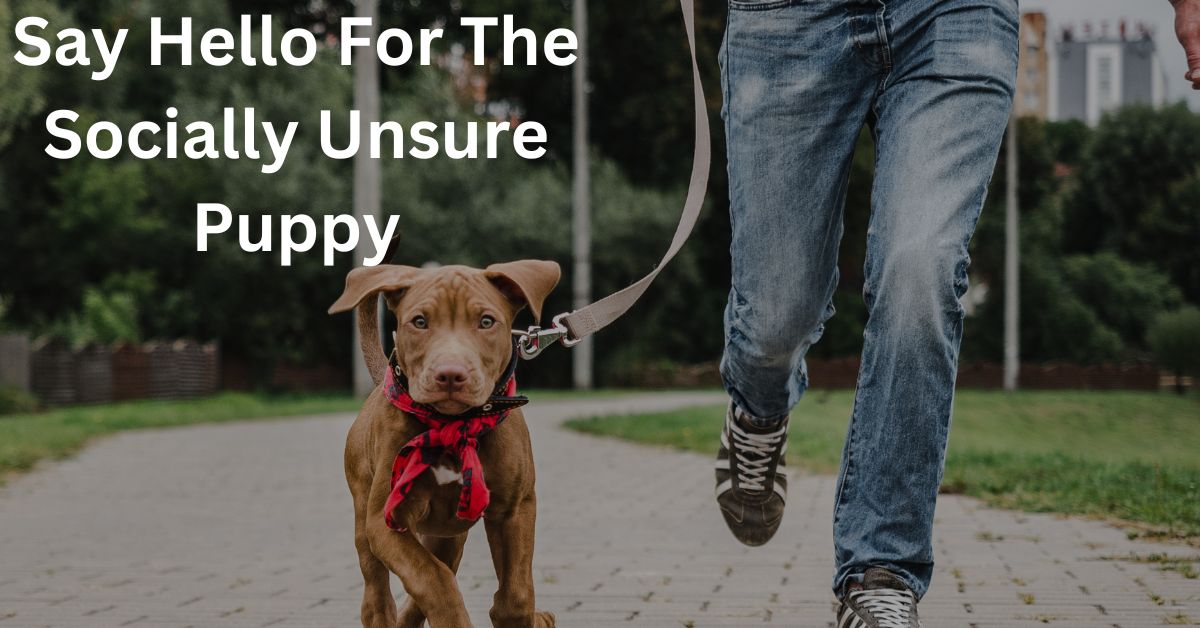
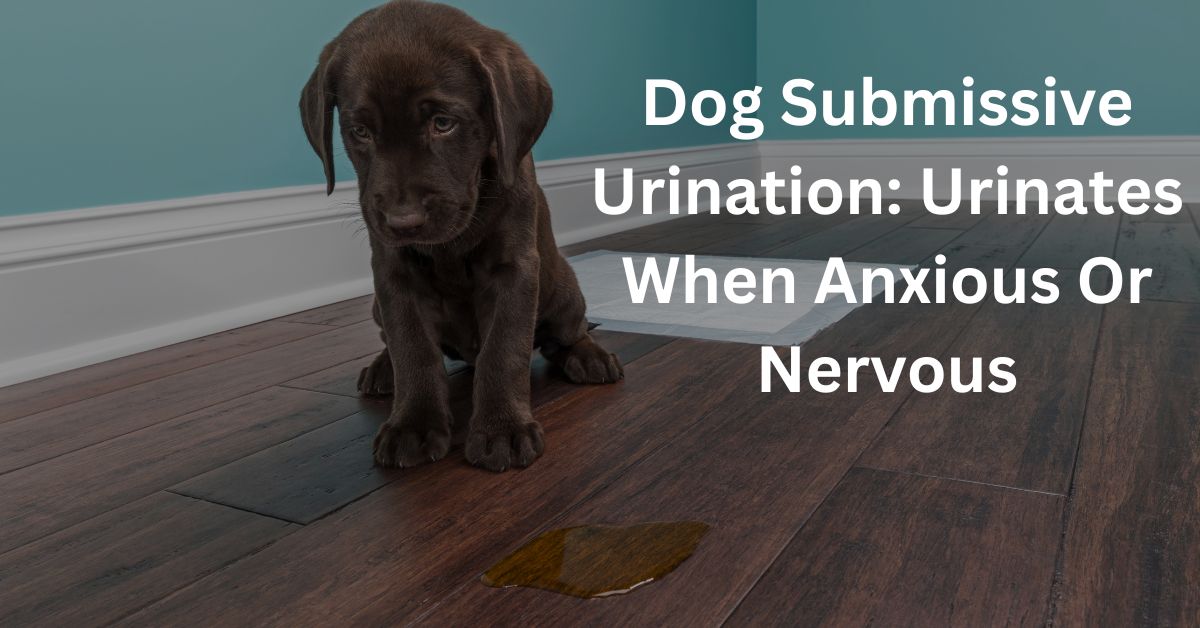
Leave a Reply